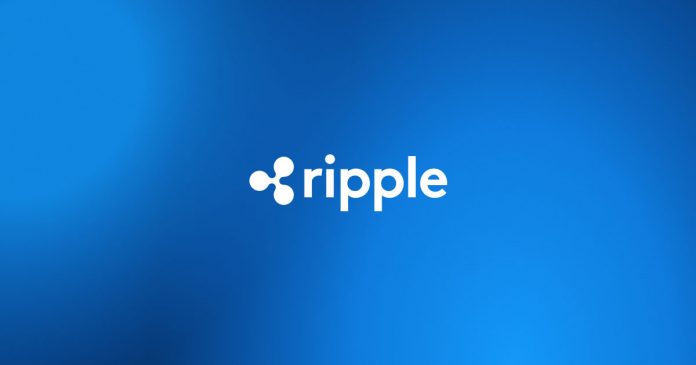Ripple – A New Way to Send Money
Sending money around the world using USD Dollars, Euros, or any other fiat currency – is a pain in the neck. There are numerous hoops you must jump through with the bank, and then – if you’re lucky, the bank might just process your application in 24 to 48-hours. Sometimes, you can wait for up to a week for a wire transfer to land in your recipient’s account.
Ripple (XRP) was the first cryptocurrency to focus on the payment environment. The goal of the company was to provide an alternative borderless payment system. Using Ripple, customers can send money anywhere in the world almost instantly.
When you send money with your bank, it not only takes forever for the transaction to clear, but they charge you a fortune for using the service, especially if it’s an international transfer. With Ripple, you get a fast clearing time, and rock-bottom fees that are a fraction of what you would pay in the traditional fiat banking system.
Ripple offers plenty of utility for crypto enthusiasts. Let’s unpack the company’s offering in this review of XRP.
What is Ripple?
Chris Larsen, Jed McCaleb, and Arthur Britto launched Ripple back in 2012. Ripple started in 2005 as a payments service called “RipplePay.” Jed McCaleb, formerly involved with MtGox, started writing a paper on the eDonkey Network, a file-sharing network. With the help of David Schwartz, the pair launched XRP in May 2011.
Fugger agreed to pass ownership of RipplePay to the team, and then the team rebranded to “OpenCoin.” Unfortunately, OpenCoin didn’t take off as the team expected, and they had to rebrand one more time. This time the team chose to move back to Ripple but calling themselves “Ripple Labs” after a capital injection from Roger Ver and Andressen Horowitz, as well as other investors into the project.
Ripple launched officially in 2012, and in 6-years, XRP has achieved a dominating spot in the crypto sphere. Ripple continues to grow, establishing new protocols that continue to help it scale into the new demands of the market. Adopting the Ripple Consensus Ledger (RCL), as well as the Interledger Protocol (ILP), helps to produce faster and cheaper cross-border payments.
How Does It Work? – What are the Features of Ripple?
Ripple is essentially a payments network. Some of the key features XRP brings to the crypto environment include the following.
- Near-zero costs on transfers
- Instant settlement
- Scalable solution
- Excellent liquidity
- Decentralized reporting and ledge systems
How do I Buy Ripple?
To purchase XRP, you’ll have to visit an exchange and trade your fiat currency for crypto. There are hundreds of exchanges available online, and choosing the right one depends on your needs. If you’re looking to trade XRP on the open markets against other crypto pairs, then use an exchange like Kraken that specializes in that pair.
However, if you’re not an American passport holder, and you want to send XRP to a family member in a non-US regulated territory or country, then use a platform like Binance for cheaper fees.
What are the Recommended Exchanges for Trading Ripple?
If you want to purchase XRP, you can do so at a crypto exchange. If you’re going to buy with your credit card or in fiat currencies like the US Dollar, then you’ll probably have to use a regulated exchange like Kraken.
Kraken offers a wide range of pairs for trading as well. Since it’s an unregulated exchange, there is limited KYC requirement, until you need to make a withdrawal. If you want to make a withdrawal from Kraken, you’re going to need to submit a copy of your photo ID and your proof of address. After verification, the exchange will approve your account and change your daily withdrawal and deposit limits.


